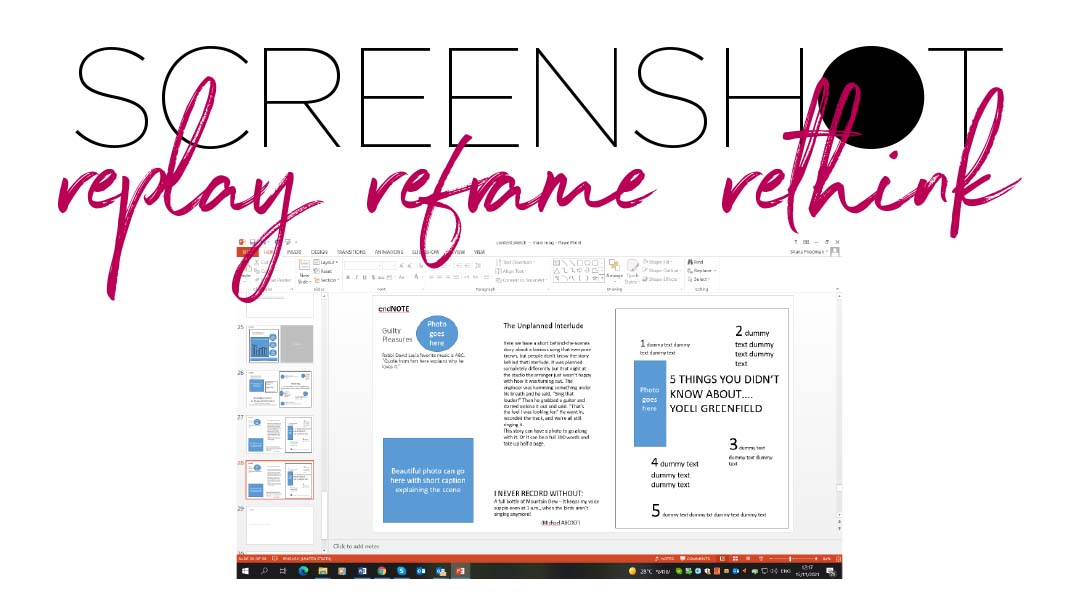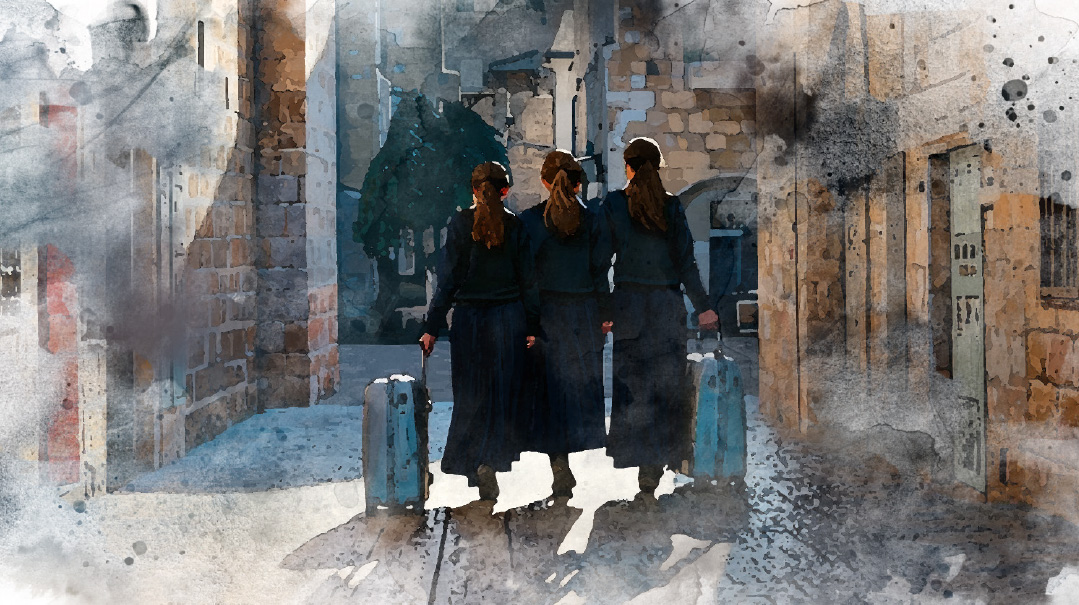What’s New

But a prolonged process with many contributors isn’t a bad thing; we believe that collaboration yields something richer than a solo act.

Every so often, you’ll see the words “New column!” on our cover.
Then you’ll flip through the magazine and find a page or two or three that wasn’t there before. You probably won’t realize that months of thought and planning lie behind that page or two and that an entire team joined the effort to bring something new to the package.
We often joke (or kvetch) that good enough is never good enough around here, because this magazine is in constant development mode. We’re always reevaluating, tweaking, adding or subtracting material to our formula. And we’re always cooking something new.
Much like a new recipe, a new column is developed in stages. There’s the concept, the components, the method, the adjustments, the presentation. And it needs time to cook too.
We keep long lists of ideas and half-ideas. Some of them come from our writers, some from the editorial team. Some wait for months before their “opportune moment” arrives. There are some ideas that have even waited for years before the right constellation of editor / writer / art / production fell into place.
When we’re building a new column, we try to envision it as more than text, and we ask questions beyond “who can write this.” We do our best to pinpoint the vibe of the column, the proportion of text to visuals, the dynamic of the page. Sometimes we even create rough PowerPoint “maps” blocking out titles, text, teasers, visuals, and white space.
The primary product that a magazine offers is a read, and that’s why we work with our writers on many rounds until the text — the main “sechorah” — hits the right note. But delivery is important too. Before introducing a new column, there’s a meeting between the editorial and art teams, where we describe what the column is all about. We try to figure out which colors, fonts, and visual elements will best reflect it.
Then our art team mocks up several versions of the design, and it gets passed around for review. There’s a spirited back-and-forth of comments, criticism, suggestions, and lots of opinions until we nail down the right look and feel.
The final product won’t be exactly what was originally envisioned — and that’s fine. Everyone who’s involved in this process contributes their own perspective, their own input. The writer may have prevailed and gotten a bigger word count than originally allotted. The page may look better with a different visual approach than the one the editor suggested. That cool new font that the art department loved may have been judged too funky for a conservative readership. But a prolonged process with many contributors isn’t a bad thing; we believe that collaboration yields something richer than a solo act.
By the time we share a new column with our readers, we’ve been seeing versions of it for weeks. But we have to remember that the first time they see it, they might not like it all that much. As a rule, people like the comfortable and familiar. Especially when it comes to our weekly reading, part of the pleasure of the experience comes from knowing what to expect and relishing what you’re about to get. A new column doesn’t have that same comfort factor. That’s why we know that even after all the thought and time and effort, we shouldn’t expect too much positive feedback right after a new column is launched.
But hopefully it grows on you with time. And hopefully all the debates and discussions, the drafts and revisions, result in a column that becomes just as anticipated and appreciated as the old classics.
Shoshana Friedman
Managing Editor
(Originally featured in Mishpacha, Issue 886)
Oops! We could not locate your form.





